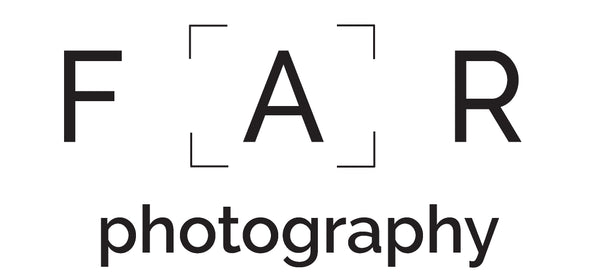CAMERA SENSOR & ISO EXPLAINED
SAFE SETTING - 100 / ONE4LLOYDS = Half it
ISO – This is how reactive you want to make the cameras sensor plate to the light it receives.
The diagram below explains the difference between light sensitivity on a sensor. The greater the sensitivity to light, the greater the grainy effect or noise on the picture.
So for example. You are outside and the sky is blue and the sun is shining, you see a beautiful vista beyond and you want to capture the true colour of what you see. What do you do? Well first you decide what's important.
Depth of field - f22 would give you comprehensive focus throughout the shot
Shutter Speed - 1/500 Nice quick shutter speed that still lets in plenty of light but easy to handle without a tripod
ISO - Ideally I'd like to select 100 but given the aperture f22, and the fast shutter speed I need to compromise and let in a little more light to make sure my image is nice and bright, so perhaps a tweak to ISO 200 might be enough to acquire more light into the shot but without creating too much grain or noise, leaving me with a wonderfully crisp clean shot.
And that is the compromise I'm talking about.

